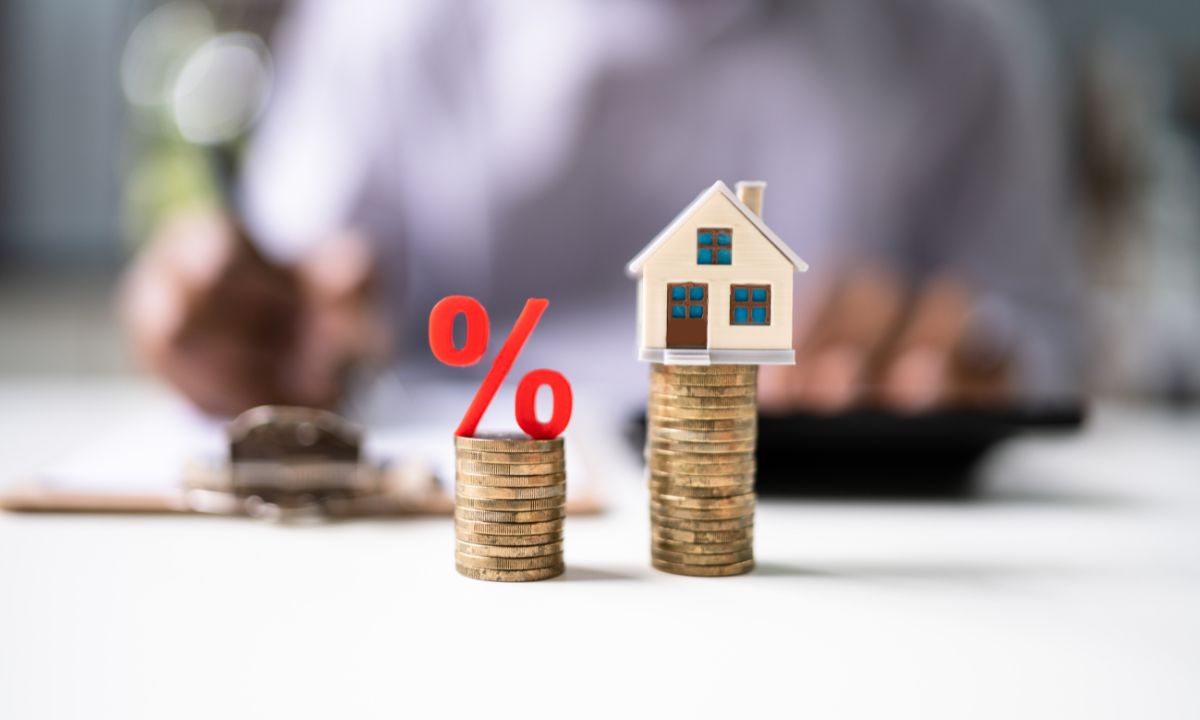Beyond the Mortgage: True Cost of Homeownership
 Owning a home is often hailed as the pinnacle of financial achievement, a symbol of stability, and a smart investment for the future. However, behind the allure of homeownership lies a maze of hidden expenses that can catch even the most diligent buyers off guard. We will discuss the less obvious costs associated with owning a home, shedding light on the financial realities that every prospective homeowner should consider.
Owning a home is often hailed as the pinnacle of financial achievement, a symbol of stability, and a smart investment for the future. However, behind the allure of homeownership lies a maze of hidden expenses that can catch even the most diligent buyers off guard. We will discuss the less obvious costs associated with owning a home, shedding light on the financial realities that every prospective homeowner should consider.
1. Maintenance and Repairs: The Silent Siphon
Beyond the initial excitement of moving into a new home lies a realm of ongoing maintenance and repair costs. From HVAC servicing to unexpected plumbing emergencies, homeowners are tasked with the responsibility of keeping their property in top condition. The accumulation of these expenses over time can chip away at even the most robust budget, emphasizing the need for financial preparedness.
2. Property Taxes: The Stealthy Levy
Property taxes, while not entirely hidden, often escape the full attention of prospective homeowners. These taxes, which fund local services and infrastructure, can fluctuate based on property value and changes in local tax rates. Failure to account for property taxes in the overall financial plan can lead to unwelcome surprises and strain on household budgets.
3. Homeowners Insurance: Shielding Your Investment
Protecting your home from unforeseen events is paramount, but it comes at a cost. Homeowners insurance premiums can vary depending on factors such as location, property value, and coverage options. From natural disasters to liability claims, comprehensive coverage is essential for safeguarding your investment against potential risks.
4. Homeowners Association (HOA) Fees: The Community Conundrum
For those residing in planned communities or condominiums, HOA fees are a recurring reality. These fees cover the maintenance of shared amenities and uphold community standards. While HOA fees contribute to the overall appeal of the neighborhood, they represent an additional financial obligation that homeowners must factor into their budgets.
5. Utilities and Services: The Invisible Expenses
Gone are the days of bundled utilities included in monthly rent payments. As a homeowner, you’re responsible for footing the bill for water, electricity, gas, internet, and other essential services. The fluctuating nature of utility costs underscores the importance of budgeting and energy-efficient practices to minimize expenses.
6. Opportunity Costs: Beyond Bricks and Mortar
While homeownership offers the promise of equity and stability, it also ties up a significant portion of capital that could be deployed elsewhere. The opportunity costs associated with homeownership, including tying up funds in a single illiquid asset, should not be overlooked. Assessing alternative investment opportunities can help homeowners optimize their financial portfolios.
While the dream of homeownership remains alive and well, it’s imperative to navigate the financial landscape with clarity and foresight. By acknowledging the hidden costs beyond the mortgage, prospective homeowners can make informed decisions and cultivate financial resilience for the journey ahead. As the cornerstone of financial well-being, homeownership thrives when rooted in a holistic understanding of its true cost.

 With rapid technological advancements and shifting societal norms, millennials find themselves facing a unique set of challenges and opportunities when it comes to securing a mortgage. The journey toward homeownership for this generation is a multifaceted one, influenced by factors ranging from soaring student loan debt to evolving housing preferences.
With rapid technological advancements and shifting societal norms, millennials find themselves facing a unique set of challenges and opportunities when it comes to securing a mortgage. The journey toward homeownership for this generation is a multifaceted one, influenced by factors ranging from soaring student loan debt to evolving housing preferences. Owning a home is a significant milestone, but the burden of a mortgage can loom large. Fortunately, there are various strategies to expedite your journey to mortgage-free living, ultimately saving you money on interest payments. We will discuss mortgage payment strategies, such as bi-weekly payments, extra payments, and more, to empower homeowners in their quest for financial freedom.
Owning a home is a significant milestone, but the burden of a mortgage can loom large. Fortunately, there are various strategies to expedite your journey to mortgage-free living, ultimately saving you money on interest payments. We will discuss mortgage payment strategies, such as bi-weekly payments, extra payments, and more, to empower homeowners in their quest for financial freedom.